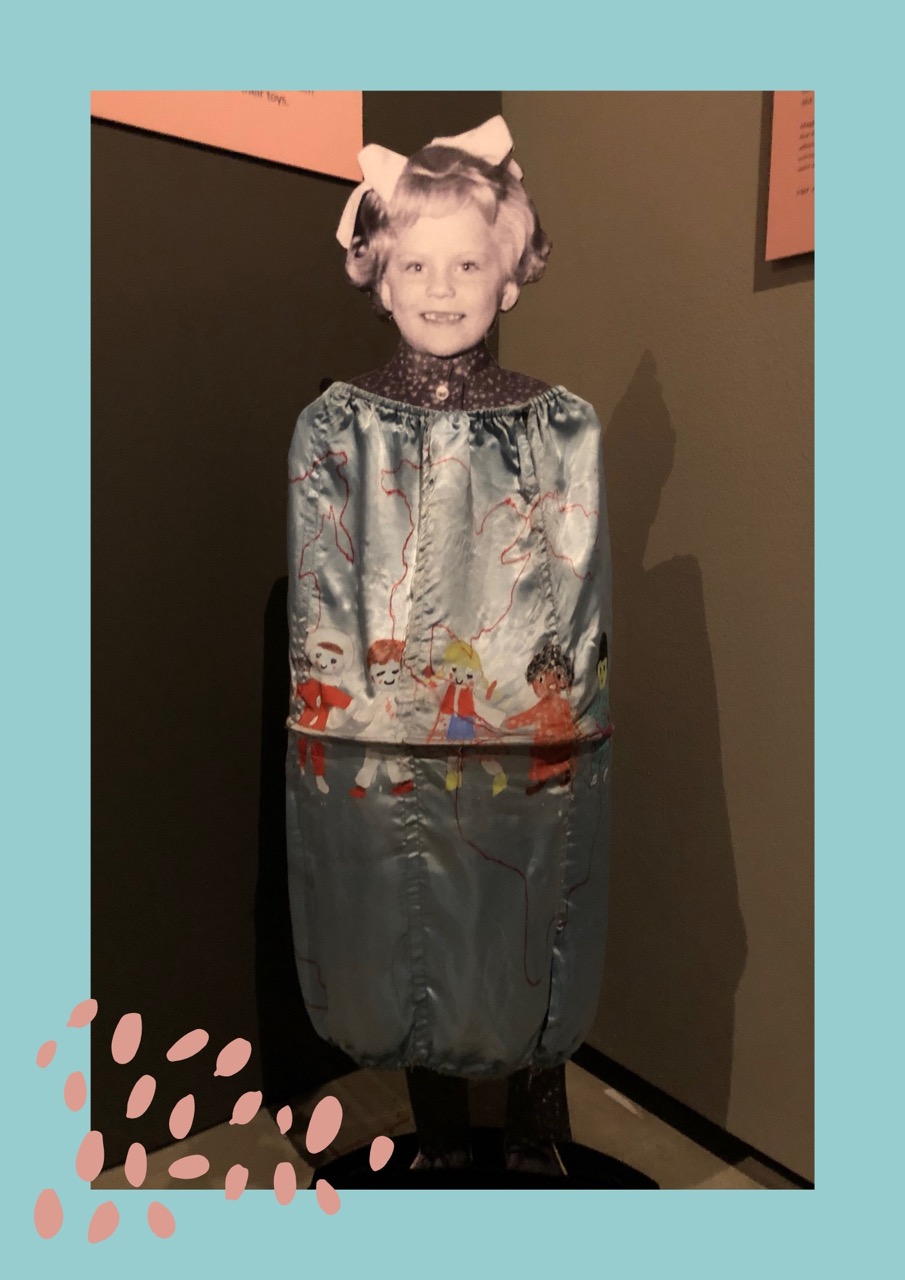Exhibition
Kaleidoscope: Children of the Cold War



Recycled and repaired
Under the socialist system, the economy and production were guided by three- or five-year plans. The goods produced and their prices were determined by the state, not by need or demand as in a market economy. This planned economy often led to a shortage of certain products and the overproduction of others. Do-it-yourself culture blossomed: people used the materials on offer to make things that were otherwise unavailable.
Repair, reuse, and recycling maintained their popularity even after the emergence of plastics and throwaway culture. Due to the lack of materials, handicrafts were often creative and unique. The inventive recycling of materials brought generations together in concrete ways when, for example, a child attended a party wearing an outfit pieced together from their grandma’s old coat.
Socialist governments saw the mass collection of wastepaper and scrap as being the duty of citizens and an embodiment of team spirit. Unfortunately, much of the collected materials never made it to recycling, but simply added to environmental waste. Today, the individual’s role and responsibility in recycling and reuse is seen as one of the ways of curbing waste and pollution. Responsibility for solving environmental problems is thus shifting from states and companies to individuals. The importance of consumption to economic growth and self-expression is reiterated in popular culture, schools, and politics at the same time as researchers urge us to abandon consumer culture for the sake of the environment.
